If somehow every time when you open your browser the Bing Redirect Virus occurs, your search engine is changed, the new tab page is altered, then your browser has been hijacked. You are probably are wondering how to restore your browser and remove Bing Redirect Virus from the system.
We recommend that you consider Bing Redirect Virus removal because it is most likely related to a potentially unwanted program that can get access to sensitive information stored in your affected browser and harvest details about your browsing habits, emails, and search queries. Keep reading and learn how to remove Bing Redirect Virus from both affected Chrome, Safari, Firefox and Mac operating systems. The thorough Bing.com redirect virus removal below will guide you through several steps that will help you clean your Mac and secure it against future malware attacks.
Remove Bing Redirect Virus and Secure macOS
Bing Redirect Virus Manual Removal Guide
Skip all steps and download anti-malware tool that will safely scan and clean your Mac.
Run a free scan and check if your Mac is infected with malware.
SpyHunter for Mac Scanner feature is free. Other features are paid. Here you can review its EULA and Privacy Policy.
Why Does Google Redirect to Bing? Why Does Safari Redirect to Bing?
Bing Redirect Virus is the name of infection pushed by various browser hijackers and adware, potentially unwanted programs in other words. The infection has been reported in various attacks worldwide. At the moment the security experts have not been able to identify a single tactic that is being used to infect the targets. We presume that the hackers are using several of the most important methods to carry out malicious campaigns.
A common way of setting browser hijacker attacks is the use of email spam messages. They may directly distribute malicious file attachments containing scripts that lead to an infection. Other cases can utilize complex social engineering tricks and hyperlinks that are specifically made to confuse the intended targets into infecting themselves. Two more scenarios that are used in combination with email messages rely on infected files used as payloads ‒ documents and software installers.
- Infected Software Installers ‒ The criminals craft malicious packages made out of legitimate software installers. They are taken from the official vendor download sites, modified and then posted on online sites or attached (either as file attachments) or linked in the email messages.
- Infected Documents ‒ They represent dangerous files that usually come in the form of some of the most popular document types: rich text documents, spreadsheets and databases. When the users open them up a notification prompt will ask them to enable the built-in scripts (macros). If this is done then the malware is installed on the victim computer.
The malware browser plugins can be uploaded to hacker-controlled sites and P2P networks like BitTorrent as well. The hacker operators frequently utilize template design, text and images to create portals that look like legitimate download sources. They may also use domain names that are very similar to legitimate sites and advertise them via pop-ups or ad networks.
The browser hijacker code associated with the Bing Redirect Virus can be found in numerous malware toolbars. They are usually made for the most popular web browsers: Mozilla Firefox, Google Chrome, Safari. They can be distributed on such download sites or even on the browsers repositories (such as the Chrome Web Store for Google Chrome) using fake developer accounts.
Is Bing Redirect Virus Mac Dangerous?
The Bing Redirect Virus is a popular infection that is caused by potentially unwnated programs like adware and browser hijackers. Once such an app lands on a macOS it attempts to coerce the users into installing a malicious component in the installed web browsers. Programs of this type are usually promoted as legitimate utilities that can download videos from sites such as Vimeo, Youtube, edit photos, and even as legitimate software updates. However, most of the found instances were found to contain malicious code and lead to risky behavior that exposes the security and privacy of the machines and their users.
One of the main reasons why users are discouraged from using it is the fact that upon installing it or when navigating to pages that are connected with it intrusive ads will be displayed. This behavior can result in the generation of banners, pop-ups, redirects and other interactive elements to the users. Whenever they are displayed the operators will receive income for this.
The Bing Redirect Virus can also lead to other malicious behavior such as data collection — the engine will retrieve information about the users and the infected computer. It can expose the identity of the users thereby allowing identity theft and financial abuse. Any system information that is retrieved can also lead to the generation of a report that gives insight about the compromised machines — hardware components, user settings and operating system behavior. The Bing Redirect Virus can also use this data to achieve a persistent state of execution. This means that the toolbar will create strings in the Windows Registry, change configuration files and other values in order to make it harder to remove.
When it is installed the underlying engine will execute the built-in behavior patterns — the code will change the default browser settings in order to redirect to a hacker-controlled page. Modifications will be done to the default home page, new tabs page and search engine.
A dangerous consequence of the installation is that it may also lead to the installation of other malware, including ransomware, Trojans and etc. Browser hijackers like this one are a popular delivery method for cryptocurrency miners. They are scripts that take advantage of the available hardware components by running complex calculations. When they are complete and the results reported to the hacker-controlled servers the operators will receive rewards in the form of digital currency which will be wired to them automatically. The actual displayed site will show a search engine and utilities that are modeled to appear like legitimate Internet portals that the users can visit. This is very dangerous as the infection can redirect to hacker-controlled sites that use similar sounding domain names, certificates and content. There are several dangerous characteristics that are associated with the use of browser hijackers of this type:
- Fake Login Pages — The displayed pages by the Bing Redirect Virus redirect can showcase links to popular services and social networks that the users might use. Entering any account credentials will automatically redirect them to the hacker operators.
- Browser Usage Surveillance — By infiltrating the web browsers the scripts will give the hackers real-time information about what sites are visited as well as data about the user interaction.
- Virus Delivery — The use of this can trigger the virus delivery of other redirects. This is particularly useful when the hackers want to maximize the damaging impact.
- Bad Results — As a result of the site interaction when the users search for specific strings the service may not produce the best possible results. Instead, they can be modified to redirect the victims to sponsored content, ads, or even malicious sites.
Bing Redirect Virus Mac Removal Guide
If your system is showing infection symptoms, you should definitely take action and delete Bing redirect virus and related files from your macOS. The sooner the better! Below you can find our step-by-step Mac virus removal instructions that give you the opportunity to get rid of Bing Redirect Virus either manually or automatically. If you don’t feel comfortable with manual instructions, download a reliable Bing Redirect Virus removal tool that will scan your Mac system for malware and clean it safely for you. If any questions arise, or additional help is needed leave us a comment.
How to Remove Bing Redirect Virus on a Mac Manually
Remove Bing Redirect Virus and related files from OSX.
- 1. Force Quit all suspicious applications.
Go to the Apple menu in the upper-left corner of your screen and choose Force Quit option.
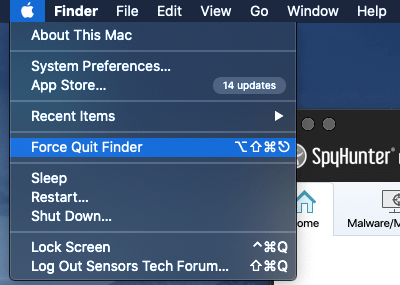
You will see a list of all currently running applications. Go find Bing Redirect Virus, select it and then navigate to the “Force Quit” button. You can also find the last application you installed on your Mac and stop it as well.
Since software bundling is a common propagation method, the Bing Redirect Virus may get installed along with the lastly installed application and their activities on the system may be related.
- 2. Remove Bing Redirect Virus and other related potentially unwanted applications from the Applications folder.
Open the Finder and select the Applications menu. Then search for the unwanted application and drag it to the Trash.
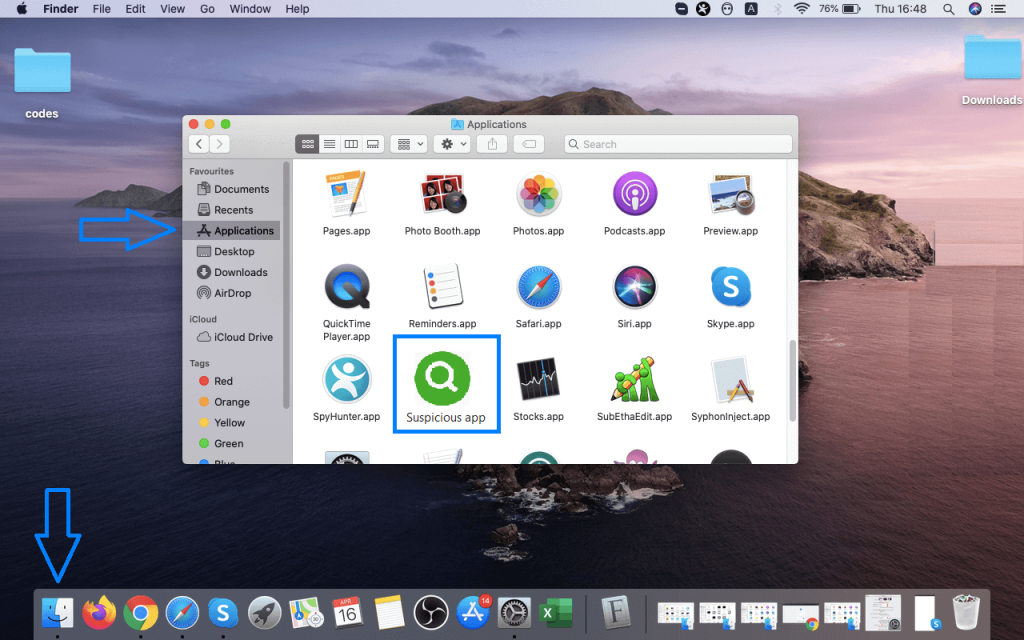
- 3. Мanually look for Bing Redirect Virus in the Libraries of your Mac.
WARNING! You are about to tamper with Library files on Mac. Make sure that you know the name of the virus file. Deleting the wrong file may cause irreversible damage to your MacOS.
Select Go from the top menu bar and navigate to Go to Folder…
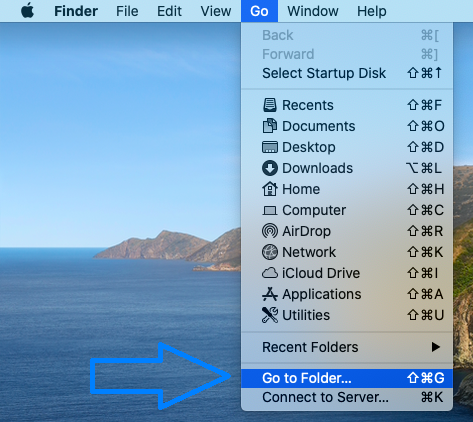
When the window appear start entering the following folder locations one by one:
/Library/Application Support
/Library/LaunchDaemons
~/Library/LaunchAgents
In each folder look for any recently-added suspicious files and move them to the Trash. Examples of files generated by adware:
- installmac.AppRemoval.plist
- myppes.download.plist
- mykotlerino.ltvbit.plist
- kuklorest.update.plist
Remove Bing Redirect Virus From Your Browser
Remove suspicious browser extensions that can be responsible for the appearance of invasive pop-ups and browser redirects.
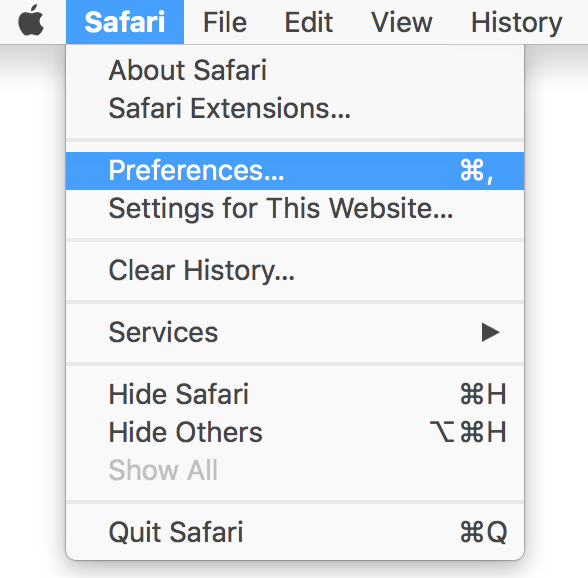
2. Click on the “Extensions” tab. If you see a suspicious or unwanted extension, select it and click “Uninstall“.
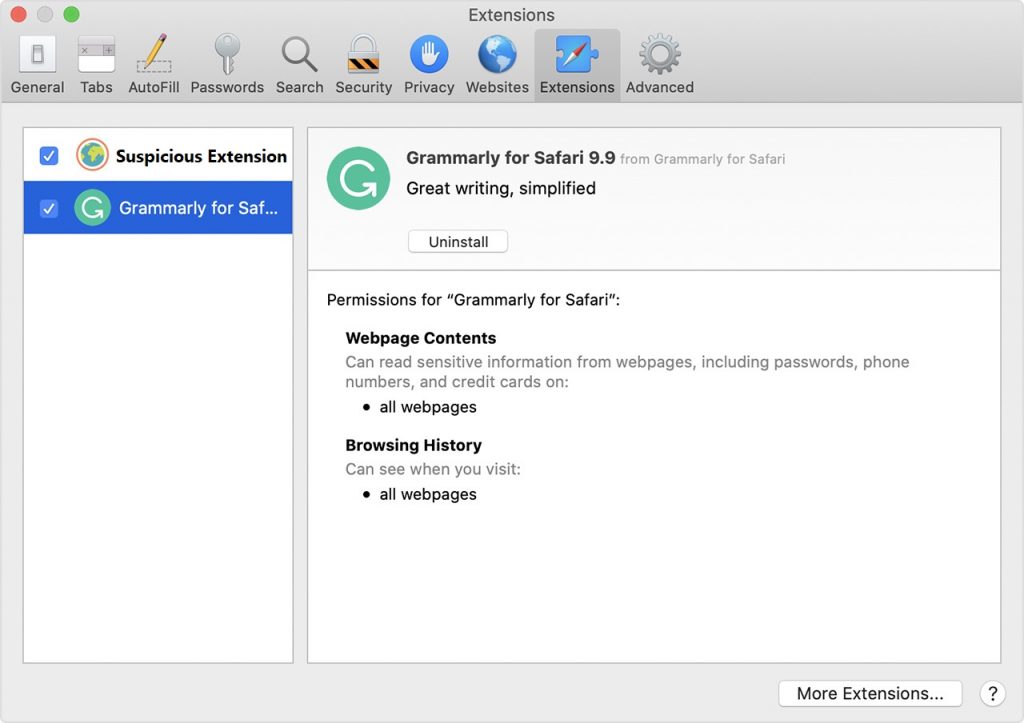
3. Reset Safari web browser. Beware that this step will remove the history as well as some of your saved data. Before you proceed we recommend that you make sure to write down all passwords, logins and important details.
If you are using Safari version 9 or higher open the browser and go to “Preferences“. Then select the “Privacy” tab. When the window appears on screen click on the “Remove All Website Data” button.
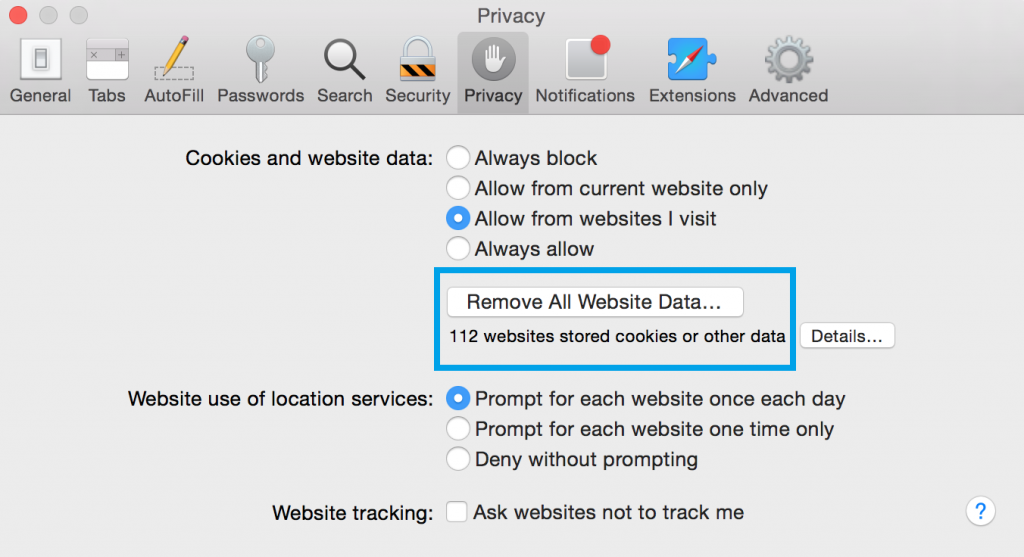
In case that your Safari web browser is running a version from 5 to 8, then just select Safari on the top menu bar and click on “Reset Safari” option. Choose which data to be cleaned from the browser.
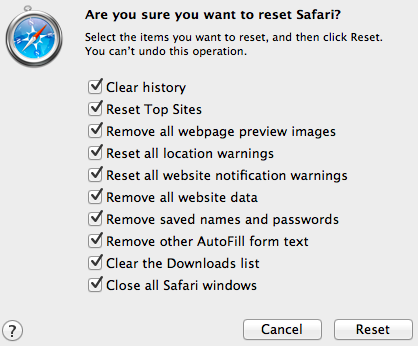

2. Click “Extensions” in the left menu. Then click on the trash bin icon to remove the suspicious extension.

3. Again in the left menu, under Chrome, Click on “Settings“. Go under “On Startup” and set a new page.

4. Afterward, scroll down to “Search“, click on “Manage search engines“.

5. In the default search settings list, find the unknown search engine and click on “X“. Then select your search engine of choice and click “Make default“. When you are ready click “Done” button in the right bottom corner.
1. Start Mozilla Firefox. In the upper right corner, click on the Open menu icon and select “Add-ons“.

2. Inside the Add-ons Manager select “Extensions“. Search the list of extensions for suspicious entries. If you find any, select them and click “Remove“.

3. Click again on the Open menu icon, then click “Options“.

4. In the Options window, under “General” tab, click “Restore to Default“.

5. Select “Search” in the left menu, mark the unknown search engine and press “Remove”.

Remove Bing Redirect Virus from a Mac Automatically
While the above steps work very well in most of the cases when users’ OSX is infected with PUP or malware, sometimes the Mac virus removal requires the help of a professional application. This anti-malware tool will scan and remove malware from your Mac. It offers an active protection shield and comes with a variety of handy features that will keep your system fast, clean and secure.
DOWNLOAD Antivirus for MacSpyHunter for Mac Scanner feature is free. Other features are paid. Here you can review its EULA and Privacy Policy.



